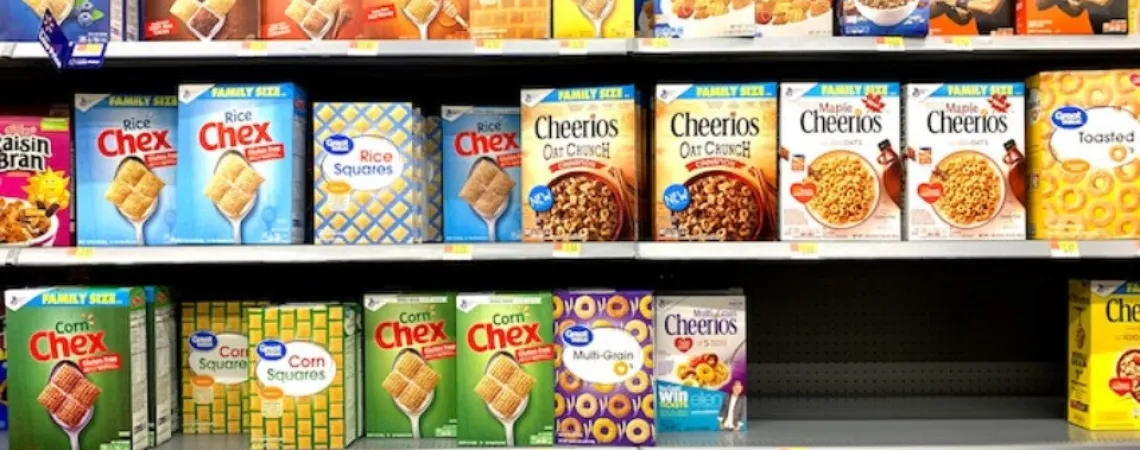
Since the 1980s, homemade cooking using fresh and minimally processed ingredients has gradually been replaced by factory-made foods. Ultra-processed products increase the risks of diabetes, obesity, cardiovascular diseases, and damage to the gut flora. Companies manufacturing these products employ several strategies to attract consumers. Here are some of them.
1. Advertising
Smartphones, tablets, and television are all means by which the industry increases your exposure to advertisements for ultra-processed foods. They push us to recognize and choose their products in stores.
2. Colourful and Appealing Packaging
Bright colours, illustrations that don't accurately represent the actual contents of the packaging, animated characters beloved by children—these are some techniques specifically designed to draw attention to these products. Terms like "healthy," "natural," and claims such as "high in fibre," "low in fat," and "sugar-free" also serve the same purpose. While these products may appear to be better choices, be cautious! An ingredient removed or reduced in these products is often replaced by another that may not necessarily be healthier.
3. Store Placement
Are you drawn to foods located at eye level, in the center of the aisles, and near the cash registers? It's no surprise, as these strategic locations are chosen to attract your attention to ultra-processed products and encourage you to consume them more frequently.
4. Quick and Low-Cost Convenience
By offering you inexpensive products that can be easily consumed, the industry promises you a saving of time and money, but what is the reality? These products are often high in fat, sugar, and salt, in addition to being low in nutrients. By manufacturing these products with inexpensive ingredients and encouraging you to consume them more often, the industry can put more money in its pockets!
5. Sensory Stimulation
Taste, smell, and texture are all properties that can be modified (or obtained) with food additives. By masking undesirable properties and enhancing appealing ones, the industry creates products that are difficult to resist.
What Can You Do to Avoid These Traps?
Shop at produce markets and natural food stores, and prioritize homemade cooking using fresh ingredients. Have a snack before grocery shopping to help resist temptations on an empty stomach.For grocery products, choose those without packaging, ingredient lists, and/or nutrition facts labels. In the presence of an ingredient list, opt for one that is short and easy to understand. Look for fresh and minimally processed products in the perimeter of the aisles. In the center aisles, pay attention to products on the top and bottom shelves.Seek out products without animated characters and without advertising.






